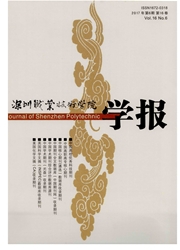
欢迎您!东篱公司
退出

 中文摘要:
中文摘要:
主要介绍了一种典型的基于RS分组的无损数据嵌入算法,重点讨论了4个象素为一组的情况,根据象素分组时有无重叠,分别利用7副测试图像对算法进行了实验和仿真,通过比较2种情况下的嵌入容量指出了象素重叠具有更好嵌入率的特点。根据试验结果,对Fridrich所提出的结论进行了分析和论证,最后,针对实验中出现的问题,特别指出了Fridrich算法中需要提高和完善的地方。
 英文摘要:
英文摘要:
A classical lossless data embedding algorithmic based on RS grouping is introduced. In the algorithmic, each group is composed of four pixels (some groups have overlapping pixels, some not); experiment and stimulation on this arithmetic are carried out by using seven pieces of images according to the overlapping of pixels. It is indicated that the overlapped method is preferable, and the conclusion proposed by Fridrich is thus validated. At the same time, the disadvantages of this arithmetic are also pointed out.
 同期刊论文项目
同期刊论文项目
 同项目期刊论文
同项目期刊论文
 期刊信息
期刊信息
